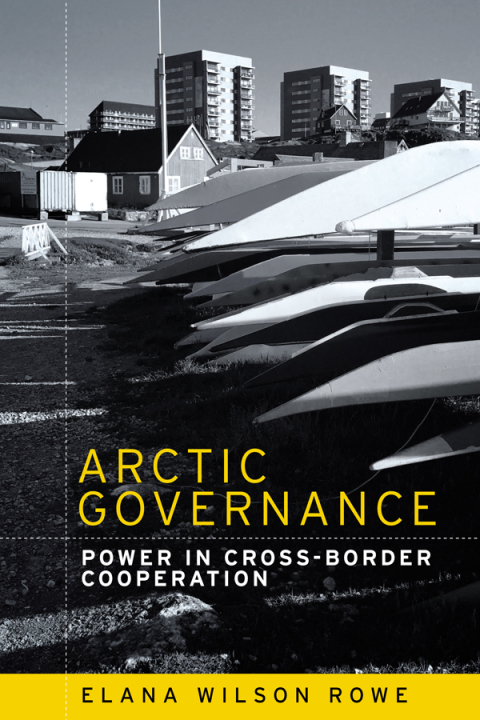Description
Efnisyfirlit
- Cover
- Half Title
- Title Page
- Copyright Page
- Contents
- List of figures
- List of tables
- Acknowledgements
- List of abbreviations
- Introduction: a power perspective on Arctic governance
- Why power? And how is the concept applied here?
- How does this approach fit in? Intellectual traditions and knowledge gaps
- Regional Arctic institutions/legal frameworks/regimes
- Articulating and pursuing Arctic interests
- Discourse and representation
- Four propositions on power relations and the structure of the book
- Note on methods and use of theory
- 1 Arctic international relations: new stories on rafted ice
- Politics on rafted sea ice: a bird’s eye view of Arctic political actors
- Indigenous peoples and their organisations
- Commercial actors
- States and their representatives
- Scientists
- NGOs and their representatives
- Letting the lines cross: actors in Arctic governance today
- 2 The power politics of representation
- Framing for policy action: more than just pretty pictures
- Frame 1: a cooperative Arctic in rough winds
- The Arctic as a zone of peace
- Buffering a peaceful frame in cold geopolitical winds
- Frame 2: navigating global and regional framings of the Arctic
- Asian countries’ interests and global framing
- Receiving a global framing: Arctic states’ reactions
- Balancing global and regional framings
- Frame 3: business in Arctic governance
- Negotiating the Arctic Economic Council
- A broader debate over framing: conservation versus sustainable development
- Representations and the ‘constant work’ of maintaining power
- 3 Power positions: theorising Arctic hierarchies
- Why hierarchy?
- Circumpolar hierarchy in a satellite view: club status and resting great powers
- Leading in the Arctic
- Resting great powers
- Moving up? Norway and status-seeking in a circumpolar hierarchy
- Hierarchies in time: positing Arctic ‘pasts’ and Arctic ‘futures’
- Hierarchy and change
- 4 Establishing and navigating the rules of the road in Arctic diplomacy
- Norms of belonging, speaking and acting
- A large part of many different ‘Norths’: the Russian Arctic
- Large state, quiet voice in Arctic politics: 1997–2007
- Participation – small but growing
- Quiet, different proposals
- Willing partner in low-political cooperation
- High-level negotiator still receiving ‘aid’: 2007–2017
- Invigorated participation and some key differences
- A new era of high-level negotiations
- Dealing with historical trash
- Arctic governance – a social space, a malleable space
- 5 Non-state actors and the quest for authority in Arctic governance
- Authority in global governance
- Authority at the science–policy interface
- Who speaks for the Council?
- When does science become policy?
- When do you know enough?
- Authority at the Peoples–State interface
- Strong political representation in diplomacy, challenged in agenda-setting in the upstream
- Speaking for the living Arctic
- Calling states to account
- A civic epistemology of Arctic governance?
- Conclusion
- Power in Arctic cross-border cooperation
- Revisiting the book’s four propositions on power
- Further research
- References
- Index






Reviews
There are no reviews yet.